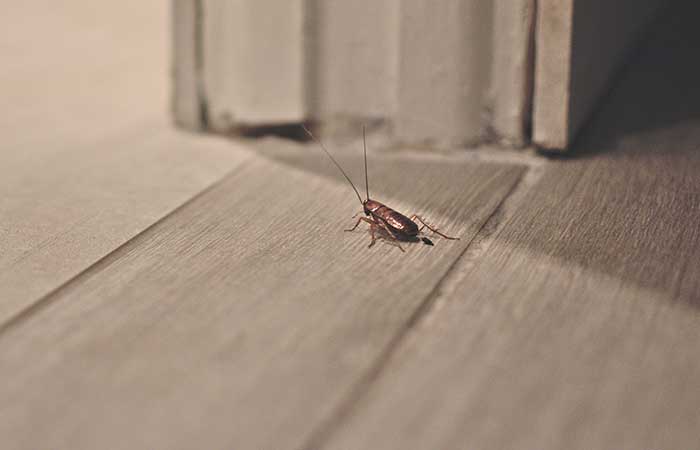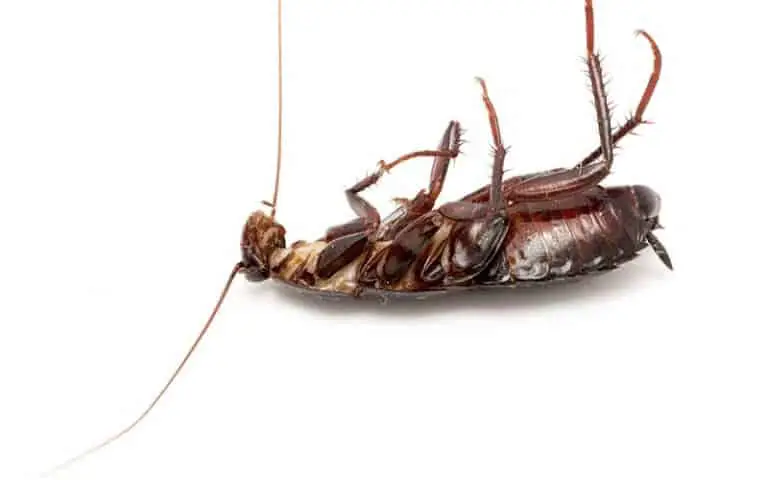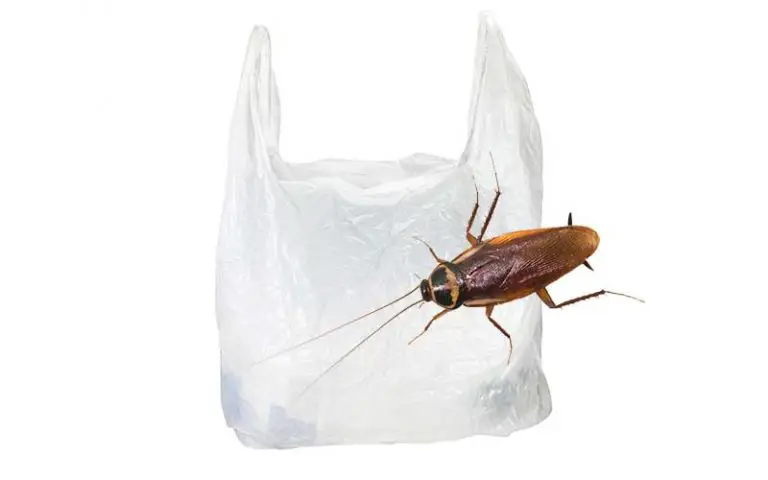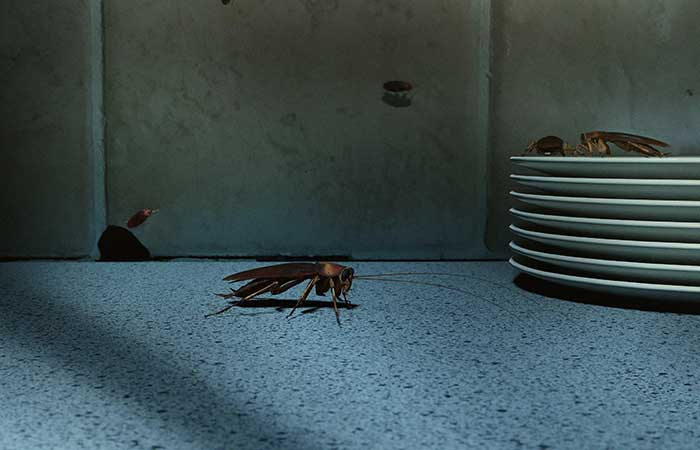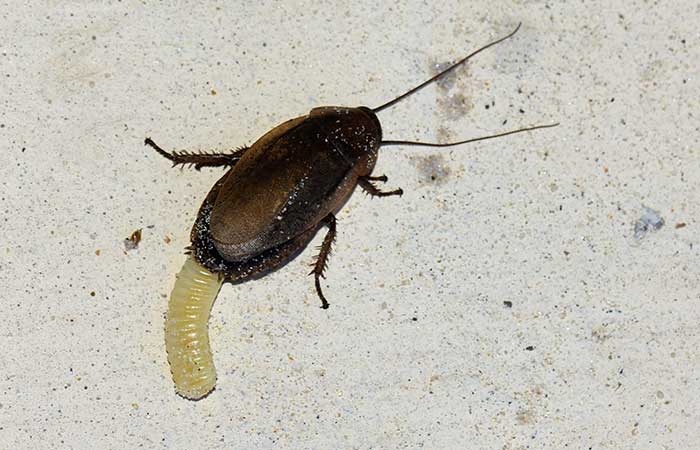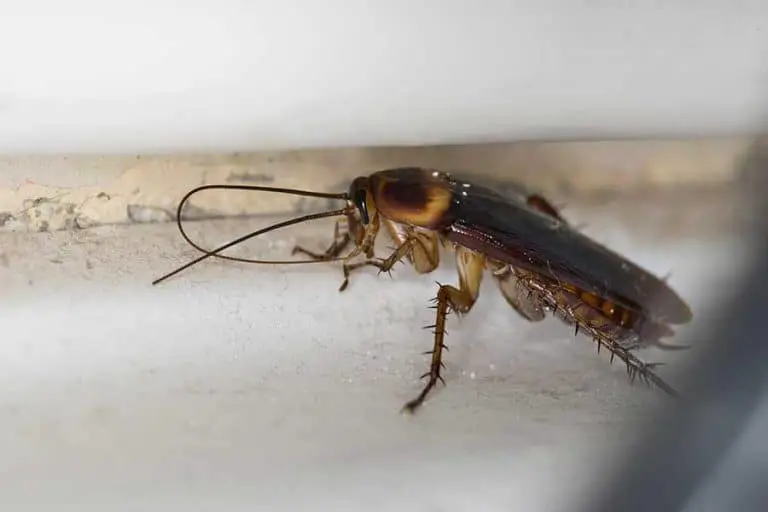Can Cockroaches Swim?
Horror movies such as 1982’s classic ‘Creepshow’ have put a solid fear of creepy-crawly roaches in the minds of most of us. They seem to be able to get into anything, anywhere, whenever they want! This naturally begs the question: Can cockroaches swim or will they drown if submerged in water?
You’ll be happy to know that they can’t actually swim, but sadly they DO float and they can close off their respiratory function which may give them enough time to find a way out of the water and back into your home!
In this article, we’ll talk about roaches and their relationship with water so that you can get an idea of what exactly occurs when a roach finds itself doused and dunked into water that is too deep to simply walk out of. We’ll talk about how they breathe, how they react to water of certain temperatures, and more!
Can Cockroaches Swim Underwater?
Roaches are unable to swim. Some species may navigate underwater for a short time, although not all of them can. When a cockroach clamps shut its spiracles, it traps air inside its body, causing it to float. It will naturally rise to the surface of any water source at this stage.
If the cockroach is panicked it will move its legs in a fast motion trying to make its way out of the water, which can almost look like it is trying to swim. This kind of motion may help the roach to maneuver to the edge of the water source or opening, so can sometimes prove to be useful, although it’s not technically swimming. If the cockroach is submerged underwater, it may be able to paddle around but won’t be able to precisely direct where it is going, is it more of a panicked flurry of legs.
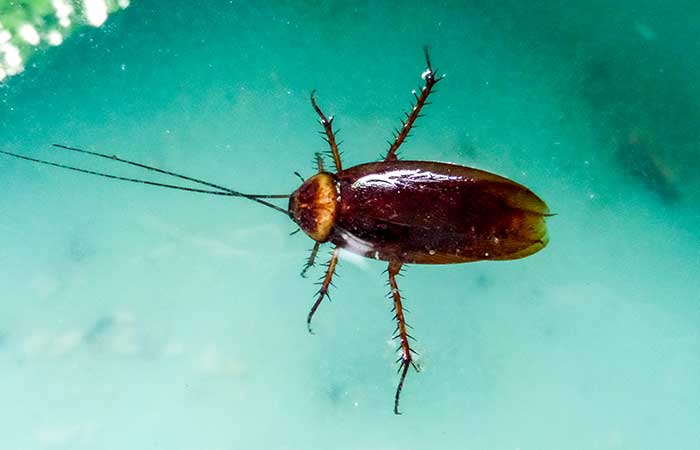
Do roaches actually like water?
Despite being technically unable to swim, cockroaches can’t go for very long without water and as such, they are attracted to it. Drippy faucets, leaky plumbing, and even the toilet bowl if they get desperate are all considered attractive to roaches of many different species.
The American Cockroach LOVES water and is often found infesting areas such as storm drain and yes, the sewers. You won’t like to hear this, but the American Cockroach is sometimes found in swarms composed of 10’s of thousands of roaches inside sewer systems beneath your feet.
Just a little something to keep you up at night, eh?
Can cockroaches swim up toilets?
If you’ve ever flushed a roach in an attempt to get rid of it, then we have a little bad news. Roaches are able to navigate pipes with relative ease and we’re sorry to say, that roach that you flushed might just find it’s way back and escape the toilet.
Typically, the sides of the toilet will be much too slick for them to climb out, so at least in this scenario, they won’t likely be getting back into your home. The reason the water doesn’t kill them in the first place is that roaches are capable of holding their breath for very long periods of time (which we will discuss in a little more detail shortly).
Bottom line, flushing a roach down the toilet just buys you a little time. They can and often DO come back exactly the way that they came.
Can cockroaches swim up sinks?
Sinks and shower drains are a whole different issue. While a roach that makes it through the toilet pipes will likely end up stuck in your toilet with no hopes of egress (probably giving you a good scare at the time), roaches can come up through your sink or through your shower drain.
Some roaches even live almost exclusively in drains, but if there is food around then they will notice and they are quite capable of exiting the drain to get at the food source. Your initial reaction may be wanting to pour something caustic down the drain to kill them and this is not a good idea.
Insecticide, for instance, is illegal to pour down the drain. Some suggest that vinegar and baking soda will kill them, but this is also a bad idea, as this can cause pressure build-up and even clogs in your plumbing.
Even hot water won’t really help, as it cools down quite a bit by the time it can get to the roach and you might even melt trapped fats which can later solidify and clog.
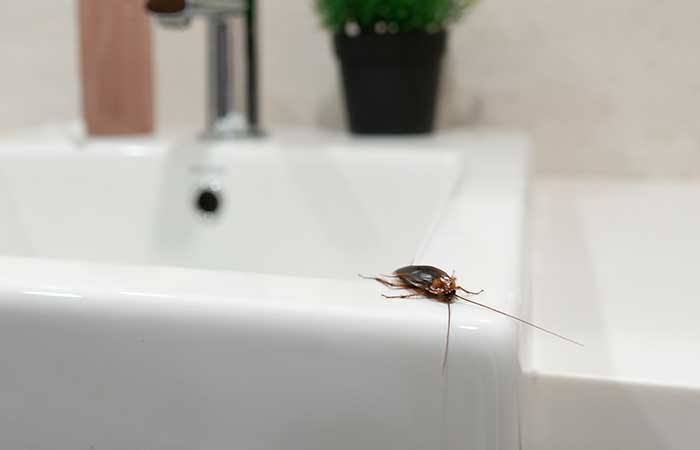
How Do Roaches Breathe?
Roach respiratory systems are pretty strange. You’ve probably heard stories about roaches living for a week after losing their heads and these stories are, in fact, true (in fact, some larger species may live for up to a month without their heads!). While a decapitated roach will eventually die, it’s not from lack of breath, but from dehydration because it simply cannot drink water.
The way that a roach breathes is through its skin. Roaches have 10 pairs of respiratory apertures, known as spiracles, on their skin. 8 of these spiracles are at the back, specifically upon the abdomen, while the remaining pair will be found at the front of the roach’s body at the thorax. They also have breathing patterns that are quite different from humans.
While humans breathe in and out continuously in order to survive, roaches don’t have to do that. They can close their respiratory apertures and breathe infrequently as needed. Some roaches in hotter climates, for instance, will do this as a means of retaining extra moisture in their bodies.
While a week without water would normally kill a cockroach, this moisture retention allows a roach to survive for as long as a month without a drink!
How Long Can Cockroaches Survive Without Air?
Studies indicate that a roach can survive without oxygen for periods of up to 40 minutes! Completely immersed in water, they can last about 30 minutes but since they naturally float, this is typically enough time for them to locate a small air pocket so that they can keep moving until they find a safer, drier location.
Part of why they cannot hold their breath underwater as long as they can on land is the fact that their spiracles also express water vapor from the roach’s body. When they are submerged completely in a liquid, the spiracles are closed, and at this point, the roach is forced to retain this water.
Do Roaches Drown In Water?
Roaches do drown in water but not as quickly as you may think. It can take anything from 10-30 minutes for a cockroach to eventually drown if it is fully submerged in water.
Cockroaches do not drown because they breathe through tiny openings in their bodies, even if you submerge its head underwater.
They do not have gills or organs that would allow them to extract oxygen from the water so will eventually drown.
Cockroaches do not drown often unless they are being purposely submerged by a foreign object or predator, this is because they have a spiracle respiratory system similar to amphibians. Roaches don’t breathe with their lungs they breathe through small openings on their bodies which can be closed and opened at will. They can survive underwater because they can hold their breath for a long time and close the openings on their bodies to avoid drowning.
Cockroaches can also hold their breath underwater for up to 30 minutes underwater by trapping air on its body. Some species of cockroaches are known to dive underwater during floods, these are the ones capable of holding their breath.
Studies have also shown that the pest will die in about 30 minutes if fully submerged in water.
How Long Does It Take For a Cockroach To Drown
Research suggests that it takes an average of 10 minutes for a cockroach to drown, although some can live underwater for up to 30 minutes. If this happens, the insect will crawl out on the cusp of death in order to get itself back on dry land where it can breathe again.
How To Drown a Cockroach
In general, drowning roaches in pure water takes a long time because of surface tension. Water is made up of tiny particles that are attracted to one another. Because the connection can resist lightweight, little bugs or other things on the surface float.
To lower or break the surface tension in the water, a surfactant is required. Adding a surfactant, such as soap or alcohol, to the water instantly drowns roaches.
Soap & Hot Water Method
Soapy water suffocates roaches by obstructing their breathing spiracles. This clogs their open circulatory system, causing them to die.
If you have cockroaches in your toilet, mix some dish soap and water in a bowl (2 parts soap 10 parts water) then pour down the bowl. This should make life difficult for the roaches and they will eventually drown.
This could also be used on drains where you know cockroaches are hiding. If you pour enough soapy water down it should eventually drown the roaches.
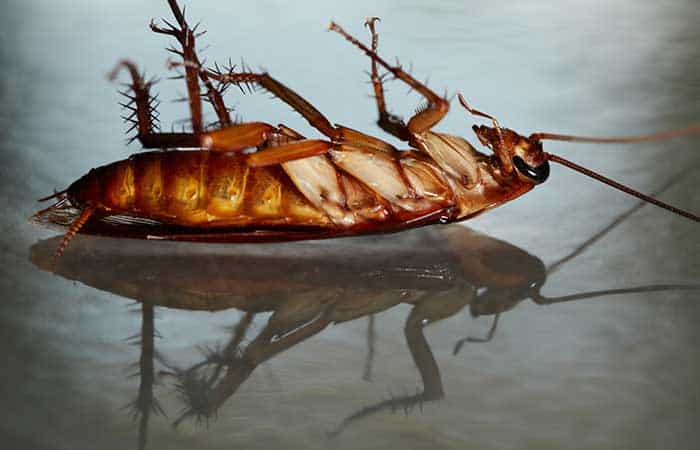
Alcohol & Water
You could also drown roaches using the same method as above, but replacing dish soap with alcohol.
Pour a mixture of 1 part Isopropyl alcohol, and 4 parts water down the drain and watch them die. The process should be faster than using soapy water as they will suffocate more quickly due to the alcohol blocking their breathing pores.
Bleach
This isn’t the most effective solution, but if you have no other alternatives is worth a try – bleach will kill a cockroach if you pour enough to drown it.
Spraying a roach with bleach will not kill it, although it may scurry off as it won’t be a pleasant experience.
However, if you have a trapped cockroach in a drain or plug hole, covering it with enough bleach to submerge all of its body will kill the roach, as it will ingest and damage its insides.
Does Hot Water Kill Roaches?
Hot water CAN kill roaches but it requires total immersion for a long period of time and the right temperature. While the common myth is that these creatures are resilient enough to survive a nuclear blast, this simply is not true. They can withstand about 10 times as much radiation as humans but the heat would definitely get them first.
Roaches start to get uncomfortable when the external temperature approaches 95 degrees. At this point, a roach in an environment this warm will begin looking for a cooler place to stay. 125 degrees is actually the fatal temperature for roaches but it may still take a minute or two to kill them. The same temperature could give a human a 3rd-degree burn within minutes.
So, considering that water begins to boil at 100 degrees, you still have to get it pretty hot to kill a roach!
Now, with heat alone, you can accomplish a little in the way of getting rid of roaches, but the levels are prohibitive if you are talking about a home. At 115 degrees, roaches will stop breeding, but this simply won’t help you with the house.
Restaurants, however, have another option. In some food-service environments, one fumigation technique involves removing appliances and other items which are particularly sensitive to heat, followed by raising the temperatures to 140 – 150 degrees for a period of 5 to 6 hours.
This typically kills the roaches without resorting to dangerous toxins that would contaminate the environment where food is served.
Can Roaches Be Hurt By Cold Water?
Cold can indeed hurt roaches, but as with heat, it requires some seriously immersive and prolonged exposure. Cockroaches are cold-blooded, so they are unable to regulate their internal body temperature, and due to this then severe cold can indeed kill them.
They typically won’t even breed if the temperature is lower than 45 degrees.
As far as cold water killing them, the odds are against you on that one unless you can dunk the roach in the water and keep them there. Simply throwing icy-cold water at a roach might put it into shock if you are lucky, but it definitely will not kill them.
Also, when it comes to cold, the change must be quick because cockroaches can adjust to a gradual lowering of temperatures.
While cold water won’t kill them, if you had some cockroaches in a jar and placed them in a sub-zero temperature freezer then this would definitely kill them. One fumigation method used for small appliances involves sealing them in plastic and injecting carbon dioxide into the plastic before sealing the mini-environment shut.
This works much the same way, with the sudden cold putting the roaches into shock and killing them as a result.
In conclusion
Roaches can’t technically swim, but water rarely kills them. Today we’ve explored the macabre relationship between roaches and water in order to give you a better idea of just how hardy these creatures really are. While their tiny legs are not suited for swimming, their spiracles can close right up so that roaches can and often do simply float to somewhere safer.
While cold and water can kill them, it’s impractical unless you can immerse them, and you never want to pour hot water down the pipes… it’ll be too cool when it gets the roach and you’ll just end up concentrating fat deposits in the pipes and a hefty plumbing bill for your troubles. If you’ve got roaches, the simple truth is this: It really is cheaper just going with an expert!

